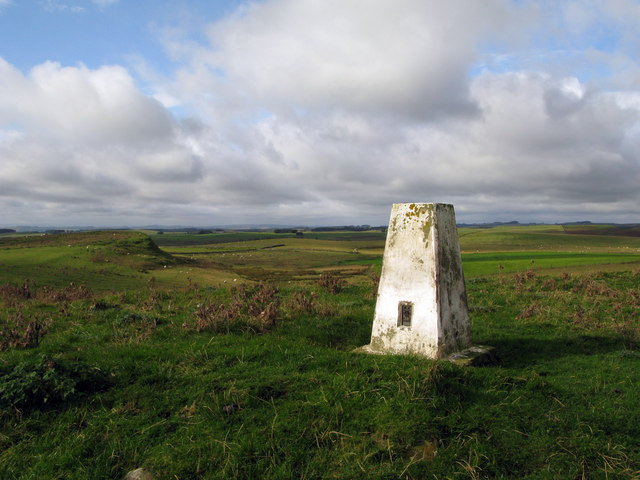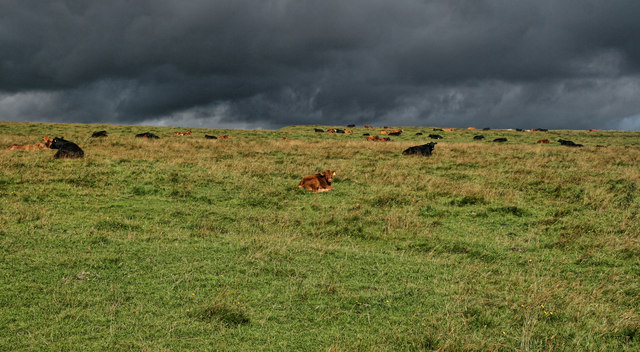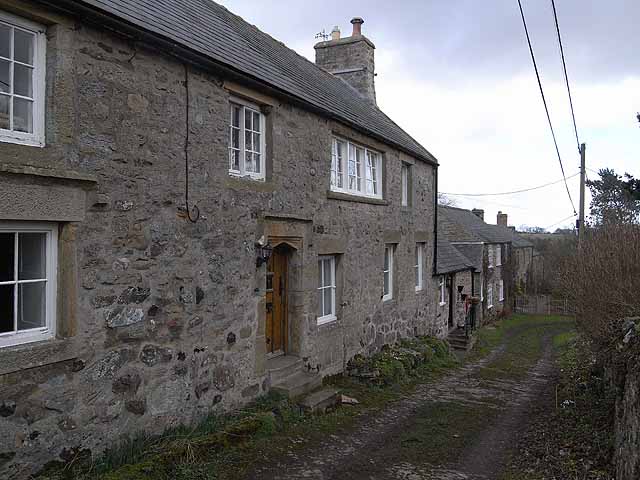Bavington
Civil Parish in Northumberland
England
Bavington

Bavington is a civil parish located in the county of Northumberland, in the northeastern part of England. It is situated approximately 17 miles northwest of the city of Newcastle upon Tyne and 7 miles west of the market town of Hexham. The parish covers an area of around 7 square miles and is predominantly rural in nature.
Bavington is characterized by its picturesque countryside, with rolling hills, farmland, and open spaces. The landscape is dotted with charming farmhouses, cottages, and traditional buildings, reflecting the area's agricultural heritage. The parish is surrounded by beautiful natural features, including the River Pont, which flows through the region, and the Northumberland National Park, which lies to the northwest.
The parish is home to a small population, with the number of residents estimated to be around 150. The community is close-knit and friendly, with a strong sense of local pride. Bavington has a parish church, St. John's Church, which serves as a focal point for religious activities and community gatherings.
The area offers plenty of opportunities for outdoor activities, such as walking, cycling, and horseback riding, with numerous trails and paths to explore. Additionally, Bavington is within close proximity to a range of attractions and amenities, including historic sites, country parks, and leisure facilities.
Overall, Bavington is a tranquil and picturesque civil parish, offering a peaceful and rural lifestyle, surrounded by natural beauty and a friendly community spirit.
If you have any feedback on the listing, please let us know in the comments section below.
Bavington Images
Images are sourced within 2km of 55.116872/-2.053381 or Grid Reference NY9680. Thanks to Geograph Open Source API. All images are credited.

![Disused limestone quarry, north of Quarry House &quot;Firstly, at the east of this part of the area, is a limekiln [site 12] which is also marked on the Thockrington Tithe Map of 1844. No kiln is marked on the site in the Second Edition Ordnance Survey Map (1898) - indicating that it was disused by that date - but the map indicates a quarry adjacent and to the east of the site of the limekiln. This quarry would have been the source of limestone when the kiln was operating. Today, the limekiln appears only as a grassy mound, although the ramp which was used for loading the kiln is evident on the south side. No arch (from which the lime was drawn) is now visible, but it is likely that at least one drawing arch was originally located at the foot of the north side of the kiln, facing the modern tarmac road.&quot;
A Field Survey at Quarry House and North Heugh Farms, Northumberland.
P.C. Sellers and D.H. Prothero (1991). Northern Archaeology Vol.11 p.57-72.](https://s2.geograph.org.uk/geophotos/07/40/29/7402902_73839b2c.jpg)



Bavington is located at Grid Ref: NY9680 (Lat: 55.116872, Lng: -2.053381)
Unitary Authority: Northumberland
Police Authority: Northumbria
What 3 Words
///dozens.shower.remodel. Near Birtley, Northumberland
Nearby Locations
Related Wikis
Have you been to Bavington?
Leave your review of Bavington below (or comments, questions and feedback).


















